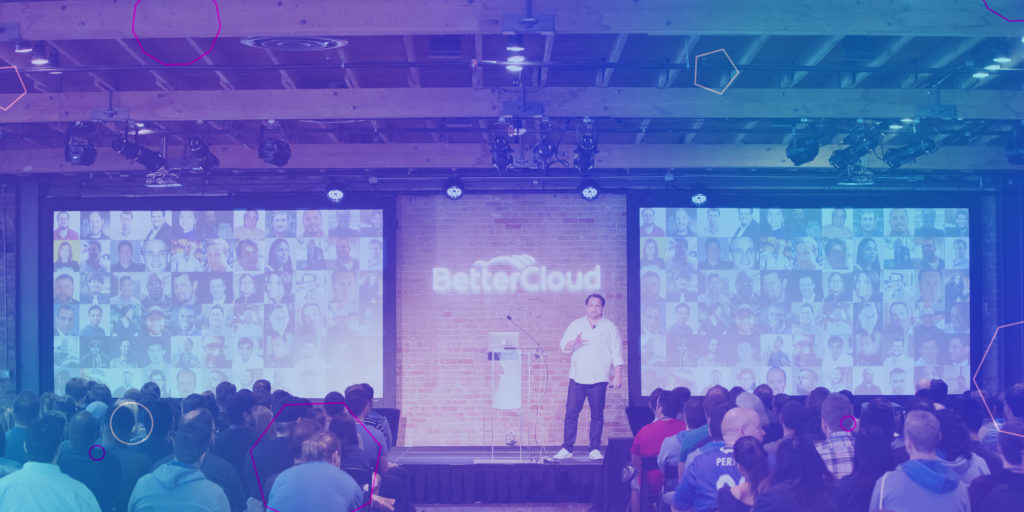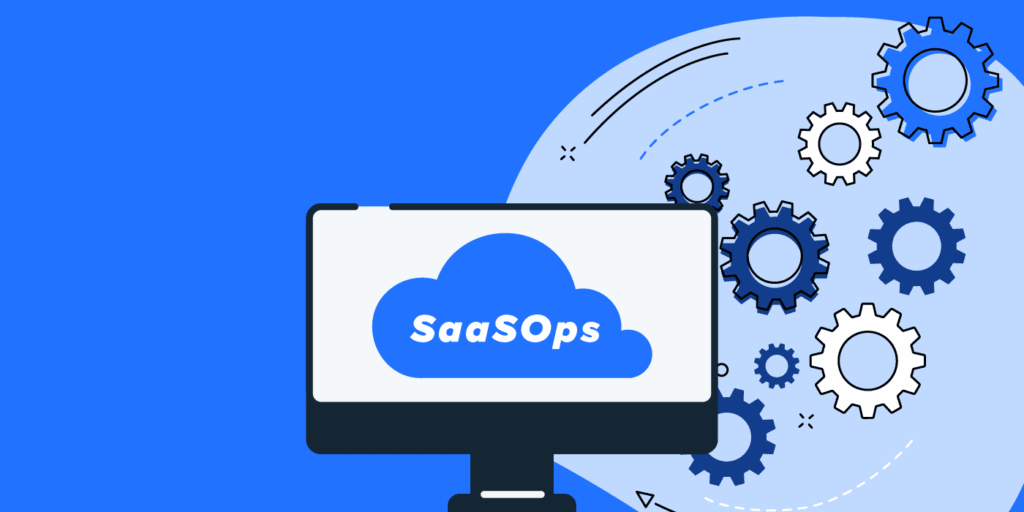Here’s Why 2016 Marks the Beginning of the Golden Age of IT
April 26, 2016
4 minute read

Take a look at your desk. Chances are there’s little more than a laptop and a smartphone on it. If you still have a landline, that may not be the case for long.
Cloud-based communication tools like Skype for Business, Google Hangouts, and Slack have drastically altered the way we work. And it’s not just communication that’s evolving; all business needs are being met by tools designed to operate in the cloud.
BestReviews beautifully summarized this technological transformation by recreating a 1980s-era desk and filming its evolution through the dawn of computers and cloud technology. Gone are the days of cluttered desks and paper-dependent offices. Today, state-of-the-art technology is no longer considered a “nice to have” in business; rather, it’s essential for corporate survival.
On-premises servers, overstuffed and overheating IT closets, and static homogeneous environments (where companies exclusively use products from a small number of vendors) are evolving into IT environments with a diverse set of cloud application vendors. Companies that once bought from one or only a few technology vendors are now buying from dozens.
In recent surveys of both end users and IT professionals, we found that more than 50% of small- and medium-sized businesses will run 100% of their IT in the cloud by 2020. By 2018, IDC predicts that SaaS enterprise applications will be a $50.8 billion market. The evidence for the inevitable shift to cloud IT continues to mount, and our surveys confirm the trend. In fact, most companies expect to double their use of cloud applications in the next two years.
But why?
Primarily because SaaS applications help fill functionality voids that once required heavy customization of on-premises technology.
Another reason for the rapid rise of SaaS can be attributed to the arrival of millennials in the workforce. By 2020, more than half of the world’s workforce will be made up of millennials. As the younger generation grows into leadership positions, they’ll push their organizations to provide them with tools that are easy to use, accessible anywhere, and fast — all traits of SaaS applications.
Together these trends — the ubiquity of technology, the growth of SaaS applications, and the rise of millennials in the workforce — have elevated the role of IT in businesses today and ushered in the Golden Age of IT.
IT professionals are offloading more responsibility to their vendors and automating more routine work than ever. This combination is allowing IT professionals to devote more time and energy towards strategic decision-making.
Forward-thinking businesses see IT as more than just an internal support team. With how much modern businesses rely on technology, this evolution, from support to strategic, is logical.
The Golden Age of IT represents a technological shift not seen since the launch of Microsoft Office or the invention of the Internet. It will affect every business and IT professional in the world. I urge business leaders to stop thinking of IT as merely an internal support team and instead as a crucial component of any successful business strategy.
However, to thrive in today’s competitive and cloud-first world, businesses and IT professionals can’t sit idly hoping this strategic shift happens to them. They need to make it happen by taking advantage of newly available technology and opportunities.
Review Your SaaS Applications and Leverage Shadow IT
Historically, one of the biggest roles for IT professionals has been to maintain existing technology and upgrading it when necessary — typically on a three-year cycle. New technology was introduced far less frequently, and when it was, it usually came from one of the few dominant vendors. But now, with the consumerization of IT and the rise in shadow IT, employees are bringing SaaS applications into the workplace much more frequently.
It’s crucial that IT professionals navigate the rise of cloud and SaaS applications in a way that promotes productivity and welcomes new, helpful technologies. That’s how you create an engaged workplace. By conducting continual research, thoroughly vetting all SaaS applications, and implementing best-of-breed solutions, IT professionals can benefit from the abundance of cloud and SaaS applications, rather than drown in them.
Integrate Your Environment
With the myriad of SaaS applications and cloud vendors comes the need to connect these solutions. IT professionals must build a solid foundation for their cloud applications so that data can pass meaningfully from one application to the next.
For example, ensure that customer interactions with sales and support are relayed to your customer success teams through ticketing, CRM, and email integrations. Or make sure that when a new product is released, automated messages are emailed out to relevant internal teams or pushed through to a designated Slack channel.
Integrations like these will give you the ability to act faster and do so with greater purpose. Expect your integrations to become increasingly complex — and powerful — as you scale your environment. Also, make sure to choose your core cloud platforms wisely, as these will be the applications that all other adjacent applications integrate.
Empower Your Users
Introducing a powerful new application is great, but not if employees don’t know how to use it. Monitor new cloud application adoption closely and ensure that employees are continuously trained. Long gone are the days of infrequent trainings due to legacy and long-standing software mandates; many SaaS products regularly release updates and new features. By making sure your business is using applications correctly, and by implementing training materials and classes for new employees, the value of your SaaS applications can be fully realized. If you’re not properly training your end users you’re burning money.
Secure Your Data
Perhaps most important to businesses and IT professionals today is ensuring your data is secure. Organizations using cloud technology need to delegate specific personnel to own data security. Security must evolve as your organization does, and by implementing third-party technologies that focus solely on security, you gain constant and complete data visibility.






